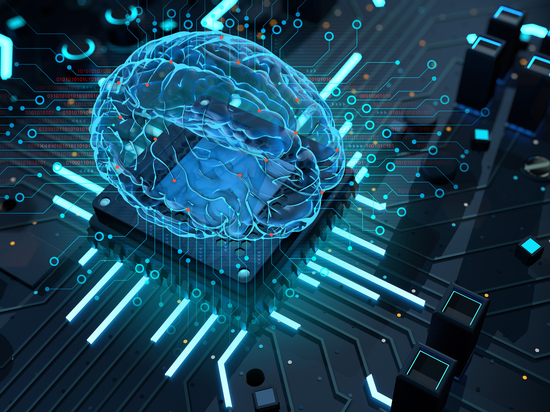
#Industry News
How Redundancies Improve the Reliability of Medical Computers
Redundancies in medical computers are key for ensuring that medical computers are safe and reliable during their operation.
"Redundancy" is rarely a word that comes with positive connotations. We typically associate it with wastefulness, extravagance, or unnecessary design elements. But redundancy is also a critical element of reliability to ensure that if one part of a system fails, the other parts can continue without failing as well.
Reliability is especially critical in the healthcare sector, where a patient's life can depend on medical devices functioning properly.
Redundancies in Hardware
Redundancies in computer hardware are most common in power supply and data storage. As these are two of the most common points of failure with some of the most dangerous consequences for breaking down, medical computers will integrate data protection redundancies and backup sources of electricity.
RAID Storage
A redundant array of independent disks (RAID) is a type of data storage that uses multiple units to protect data integrity and access.
In a RAID drive system, data is written onto multiple storage devices within the same system. RAID is not necessarily a data backup system that focuses on recovering lost files. Instead, it focuses on preventing data from being lost in the first place. RAID storage comes in levels 0, 1, 5, 6, and 10, with increasing complexity and reliability.
Historically, RAID storage has been associated with hard disk drives, which are more susceptible to failure due to their reliance on moving parts. However, the same principles can also be applied to solid-state drives, combining to create the ultimate in resilient and reliable data storage solutions.
Internal Power Supplies
During electricity outages, hospitals will rely on backup generators to supply power. However, these generators can take several minutes to reach full effectiveness, which can be the difference between life and death for a patient in critical condition. This is why medical-grade computers and other devices will implement internal power supplies that ensure they can continue running even if the facility's power has been lost.
Almost all computers have some form of internal power supply, but these are only meant for low-demand tasks like running the computer's BIOS clock. Dedicated internal power supplies can sustain a computer's operation are usually only found on specialized devices, like medical-grade computers.
Redundancies in Software
Software redundancies typically take the form of running multiple instances of the same application or program to ensure that if one instance fails, others can take over for it. This is especially important for any software running life-sustaining equipment, such as pacemakers and ventilators.
In that same vein, users can have their entire PC system copied onto another device as a backup if the original fails. This means that even in the face of catastrophic software or device failure, a user can have their replacement up and running as fast as possible.
Geo-redundancy
Geo-redundancy describes the practice of distributing data centers and computer systems across a wide network, ensuring that if one site is struck by disaster or sabotage, data isn't lost.
The most common form of geo-redundancy is cloud-based storage. Storing data on the cloud ensures that the data will remain intact even if the hospital is affected by a disaster or an off-site server is damaged.
Conclusion
Far from being something to avoid, redundancy is often crucial to ensuring reliability in medical computers and other devices. Whether including an internal power supply in the computer, maintaining data backups, or storing your files off-site, embracing redundant solutions can help you swiftly recover from disasters and setbacks.
If your healthcare group needs medical-grade tablets and computers that integrate redundant safety and reliability solutions, contact the team at Cybernet Manufacturing. We'd be happy to discuss how our devices integrate multiple levels of features for better reliability.





